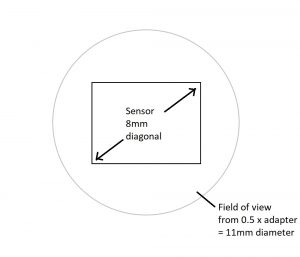Camera adapters
Adapters for attaching Cameras to Microscopes
Microscope camera adapters provide a way to attach a camera to a microscope. There are several ways to do this depending on the camera you wish to use.
C-mount camera.
Almost all specific microscope cameras are C-mount which is a screw thread used originally on CCTV cameras. If your microscope has trinocular phototube, this is usually the preferred choice. A wide range of cameras and adapters are available and the camera can be easily operated from your laptop.
DSLR.
DSLR’s are usually attached via an adapter with a T2 thread. A camera-specifc T2 ring then attaches to the T2 thread.
Eyepiece camera.
These tend to be inexpensive but less practical systems. The microscope eypiece is removed and the camera placed in the empty eyepiece tube each time you wish to take a photograph.
Matching your adapter to your camera and microscope
In simple terms, the circle of light produced by your phototube/adapter should cover your camera sensor. A typical example would be a 0.5x adapter on a standard 22mm FOV (field-of-vew) microscope producing an 11mm diameter circle FOV – this would match nicely with a 1/2″ camera sensor (8mm diagonal).
See the table below for more information.
| Camera sensors and microscope adapters | ||||||
| Sensor name* | Sensor Dimensions (mm) | Adapter size and field of view (FOV) calculation | ||||
| Diagonal | Width | Height | Adapter factor | FOV (mm)*1 | Circle diameter (mm)*2 | |
| 1/3″ | 6 | 4.8 | 3.6 | 0.35 | 22 | 7.7 |
| 1/2″ | 8 | 6.4 | 4.8 | 0.5 | 22 | 11 |
| 1/1.8″ | 9 | 7.2 | 5.3 | 0.5 | 22 | 11 |
| 2/3″ | 11 | 8.8 | 6.6 | 0.7 | 22 | 15.4 |
| 1″ | 16 | 12.8 | 9.6 | 1 | 22 | 22 |
| 4/3″ | 21.6 | 17.3 | 13 | |||
| APS-C | 26 | 21.5 | 14.4 | Sony | ||
| 26.7 | 22.3 | 14.9 | Canon | |||
| 28.4 | 23.6 | 15.8 | Nikon | |||
| Canon APS-H | 33.5 | 28 | 18.6 | 1D Mk IV | ||
| Full frame | 43 | 36 | 24 | Full frame | ||
If you need help choosing microscope camera adapters, please contact us with details of your microscope and camera for more information and advice regarding which adapter to use. Due tothe huge range of adapters available, not all items are held in stock and may take longer to arrive than other items.
Showing all 9 results
-
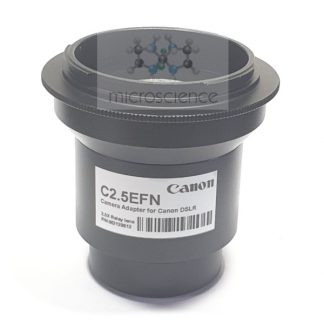
2.5X Camera Adapter for Canon EF Camera
£329.17 ex. VAT Read more -
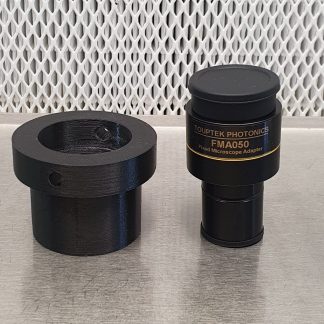
Nikon 42mm M to 23.2mm F adapter mount
£25.00 ex. VAT Add to basket -
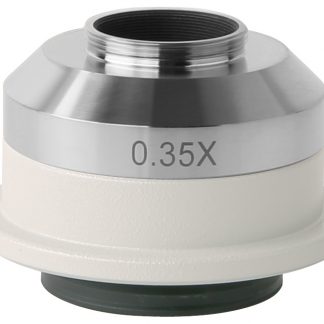
Nikon microscope camera adapter for c-mount and dslr
£200.00 – £241.67 ex. VAT Select options This product has multiple variants. The options may be chosen on the product page -
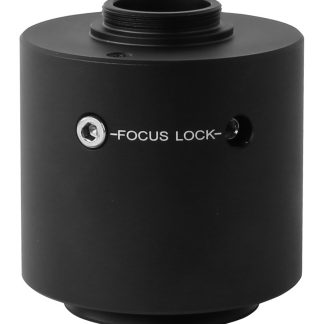
Olympus microscope camera adapter for c-mount and dslr
£150.00 – £241.67 ex. VAT Select options This product has multiple variants. The options may be chosen on the product page -
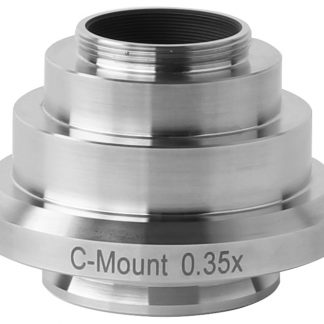
Leica microscope camera adapter for c-mount and dslr
£158.33 – £233.33 ex. VAT Select options This product has multiple variants. The options may be chosen on the product page -
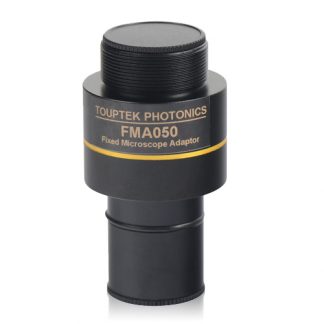
Camera adapter for microscope 0.50x Fixed
£62.50 ex. VAT Add to basket -
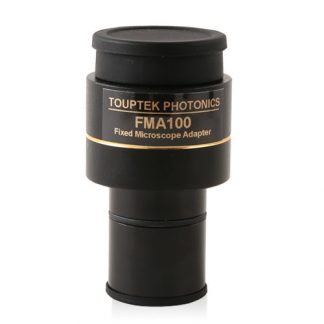
Camera adapter for microscope 1.0x Fixed
£62.50 ex. VAT Read more -
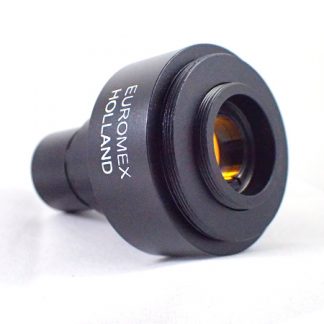
SLR adapter (Euromex) without T2 ring
£237.50 ex. VAT Add to basket -
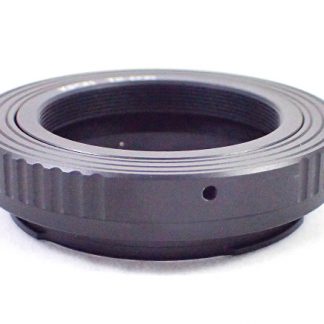
T2 ring for Canon EOS
£19.17 ex. VAT Add to basket
Showing all 9 results

